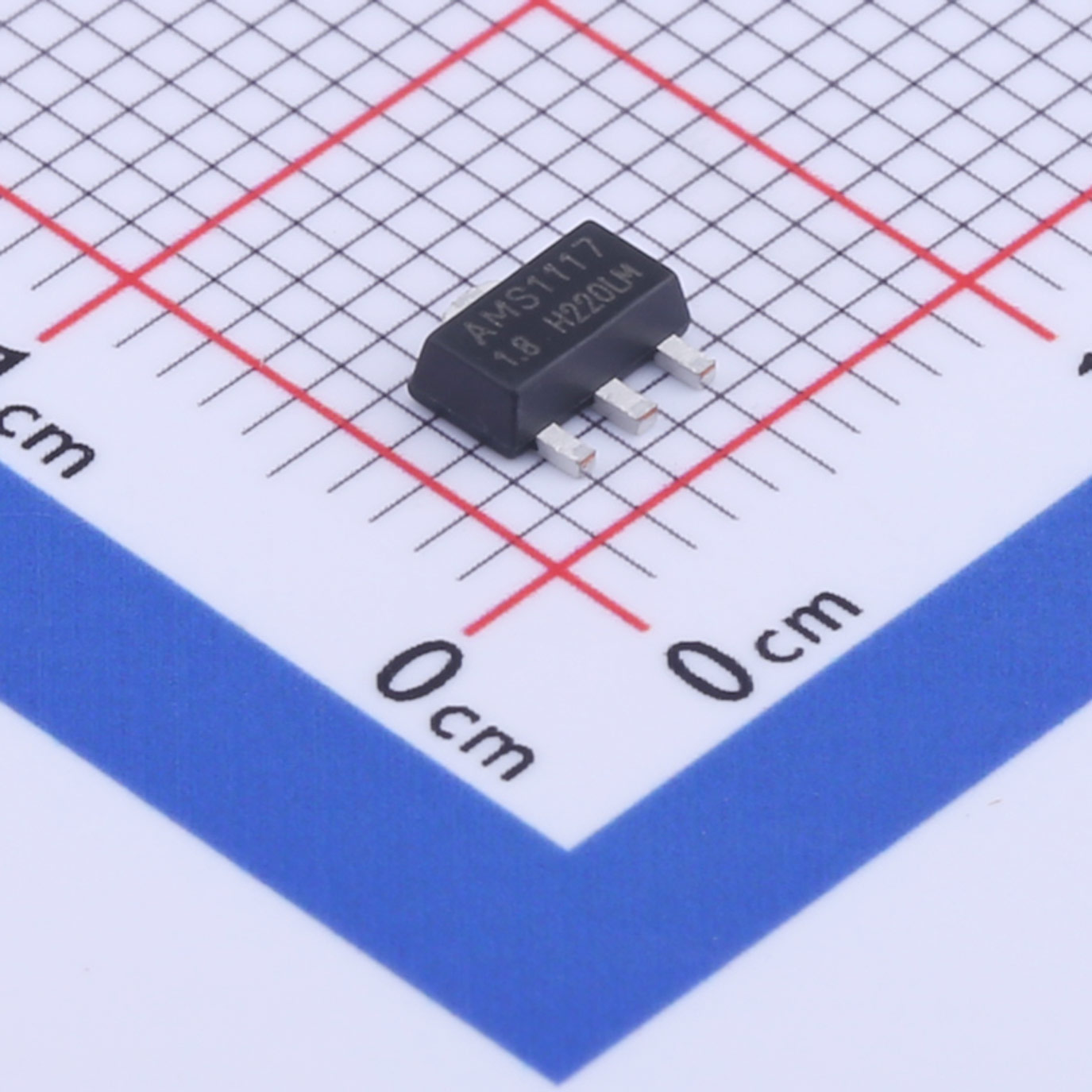Service hotline
+86 0755-83044319
 Linear regulators provide a stable output voltage. Because they operate in a linear state, they are characterized by low noise, and the application circuit is very simple compared to DC/DC converters, but the energy conversion efficiency is much lower. Typically, general-purpose linear regulators use a mature process and have a much higher maximum input voltage and higher output current than those of low-dropout linear regulators. Low dropout linear regulator LDO (LDO is the abbreviation of Low Dropout), can also work properly under lower input and output voltage difference, also known as low-loss linear regulator or low saturation linear regulator. LDO is generally used in a special circuit structure or CMOS structure, the voltage difference between its input and output is generally less than 0.8V or even less than 0.1V, the static current is generally lower, but the output current is also higher. The quiescent current is generally lower, but the withstand voltage is relatively low. The potential difference between the input and output of a general-purpose linear regulator is generally required to be at least 1.5 V. The use of LDOs with low-potential-difference results in less energy loss and simplifies the heat dissipation design.
Linear regulators provide a stable output voltage. Because they operate in a linear state, they are characterized by low noise, and the application circuit is very simple compared to DC/DC converters, but the energy conversion efficiency is much lower. Typically, general-purpose linear regulators use a mature process and have a much higher maximum input voltage and higher output current than those of low-dropout linear regulators. Low dropout linear regulator LDO (LDO is the abbreviation of Low Dropout), can also work properly under lower input and output voltage difference, also known as low-loss linear regulator or low saturation linear regulator. LDO is generally used in a special circuit structure or CMOS structure, the voltage difference between its input and output is generally less than 0.8V or even less than 0.1V, the static current is generally lower, but the output current is also higher. The quiescent current is generally lower, but the withstand voltage is relatively low. The potential difference between the input and output of a general-purpose linear regulator is generally required to be at least 1.5 V. The use of LDOs with low-potential-difference results in less energy loss and simplifies the heat dissipation design.
Site Map | 萨科微 | 金航标 | Slkor | Kinghelm
RU | FR | DE | IT | ES | PT | JA | KO | AR | TR | TH | MS | VI | MG | FA | ZH-TW | HR | BG | SD| GD | SN | SM | PS | LB | KY | KU | HAW | CO | AM | UZ | TG | SU | ST | ML | KK | NY | ZU | YO | TE | TA | SO| PA| NE | MN | MI | LA | LO | KM | KN
| JW | IG | HMN | HA | EO | CEB | BS | BN | UR | HT | KA | EU | AZ | HY | YI |MK | IS | BE | CY | GA | SW | SV | AF | FA | TR | TH | MT | HU | GL | ET | NL | DA | CS | FI | EL | HI | NO | PL | RO | CA | TL | IW | LV | ID | LT | SR | SQ | SL | UK
Copyright ©2015-2025 Shenzhen Slkor Micro Semicon Co., Ltd